Buy this still life Vanitas still life after 17th century painting by Emajeur Fotografie on canvas, ArtFrame, poster and wallpaper, printed on demand in high quality
About "Vanitas still life after 17th century painting"
by Emajeur Fotografie
About the artwork
Vanitas is a theme in art. The word vanitas is Latin and means vanity and emptiness. With, for example, skulls, extinguished candles, wilted flowers, soap bubbles, decayed books, musical instruments, clocks or fallen glasses, the vanity, temporality and futility of earthly things are visualized.
Vanitas vanitatum, omnia vanitas is a well-known saying from the Bible Book of Ecclesiastes: "Vanity of Vanities, Everything is Vanity." Other bible translations besides "vanity" by the state translation for Vanitas are "void", "air," volatility "," rarer than rarely ". But nowadays vanity reads a self-righteousness, for air one thinks of oxygen and nitrogen of the atmosphere, for volatility, a liquid that volatilizes, and thin air is thought of at the top of the mountains, but that is not all of vanitas: nowadays the meaning would come closest to "hot air", which is really "nothing" without that it refers to "not-something".
The vanitas painting has a Protestant-Christian origin. It encourages the viewer to focus on eternal life.
This painting theme was used in the 17th century, especially in the Netherlands and Flanders. Some painters: Pieter Claesz, Harmen and Pieter Steenwijck and Herman Hengstenburgh.
Even in modern times, magic-realistic painters, for example, resort to this subject, such as Raoul Hynckes, Wim Schuhmacher and Uko Post.
Source: Wikipedia

About Emajeur Fotografie
Nature and macro photography, architecture and cityscapes. Digital and fractalart... Read more…
 Germany
Germany Ordered in April 2020
Ordered in April 2020
 Netherlands
Netherlands Ordered in March 2023
Ordered in March 2023
 Netherlands
Netherlands Ordered in August 2017
Ordered in August 2017
 Germany
Germany Ordered in May 2019
Ordered in May 2019
 Germany
Germany Ordered in December 2021
Ordered in December 2021
 Germany
Germany Ordered in June 2019
Ordered in June 2019
 Germany
Germany Ordered in January 2020
Ordered in January 2020
 Germany
Germany Ordered in February 2020
Ordered in February 2020
 Germany
Germany Ordered in September 2019
Ordered in September 2019
 Netherlands
Netherlands Ordered in January 2016
Ordered in January 2016
 Netherlands
Netherlands Ordered in January 2024
Ordered in January 2024
 Germany
Germany Ordered in December 2021
Ordered in December 2021
About the material
ArtFrame™
Interchangeable Art Prints
- High-quality print
- Easily interchangeable
- Acoustic function
- Large sizes available
Discover the artworks of Emajeur Fotografie
 White rose in close-upEmajeur Fotografie
White rose in close-upEmajeur Fotografie Pastel pink rose in close-upEmajeur Fotografie
Pastel pink rose in close-upEmajeur Fotografie Beautiful guitarEmajeur Fotografie
Beautiful guitarEmajeur Fotografie Gold veins in autumnEmajeur Fotografie
Gold veins in autumnEmajeur Fotografie Green eyesEmajeur Fotografie
Green eyesEmajeur Fotografie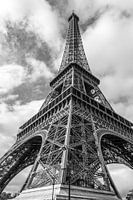 The Eiffel TowerEmajeur Fotografie
The Eiffel TowerEmajeur Fotografie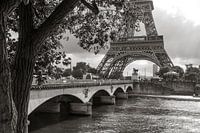 The Eiffel Tower on the SeineEmajeur Fotografie
The Eiffel Tower on the SeineEmajeur Fotografie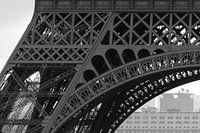 Detail of the Eiffel TowerEmajeur Fotografie
Detail of the Eiffel TowerEmajeur Fotografie Detail of Kiss, sculpture by RodinEmajeur Fotografie
Detail of Kiss, sculpture by RodinEmajeur Fotografie Basilique du Sacré-Coeur (Paris)Emajeur Fotografie
Basilique du Sacré-Coeur (Paris)Emajeur Fotografie Basilique du Sacré-Coeur (Paris)Emajeur Fotografie
Basilique du Sacré-Coeur (Paris)Emajeur Fotografie Rotterdam RijnhavenEmajeur Fotografie
Rotterdam RijnhavenEmajeur Fotografie minimalistic dandelion fluffEmajeur Fotografie
minimalistic dandelion fluffEmajeur Fotografie Panther in black and whiteEmajeur Fotografie
Panther in black and whiteEmajeur Fotografie Vanitas still life after 17th century paintingEmajeur Fotografie
Vanitas still life after 17th century paintingEmajeur Fotografie Still life with blue vase and old booksEmajeur Fotografie
Still life with blue vase and old booksEmajeur Fotografie Pink fantasy landscapeEmajeur Fotografie
Pink fantasy landscapeEmajeur Fotografie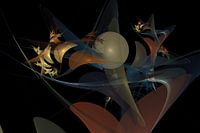 Round, deforming discs in natural tonesEmajeur Fotografie
Round, deforming discs in natural tonesEmajeur Fotografie Still life biologyEmajeur Fotografie
Still life biologyEmajeur Fotografie Green! Classic still life with green vegetables and fruitEmajeur Fotografie
Green! Classic still life with green vegetables and fruitEmajeur Fotografie
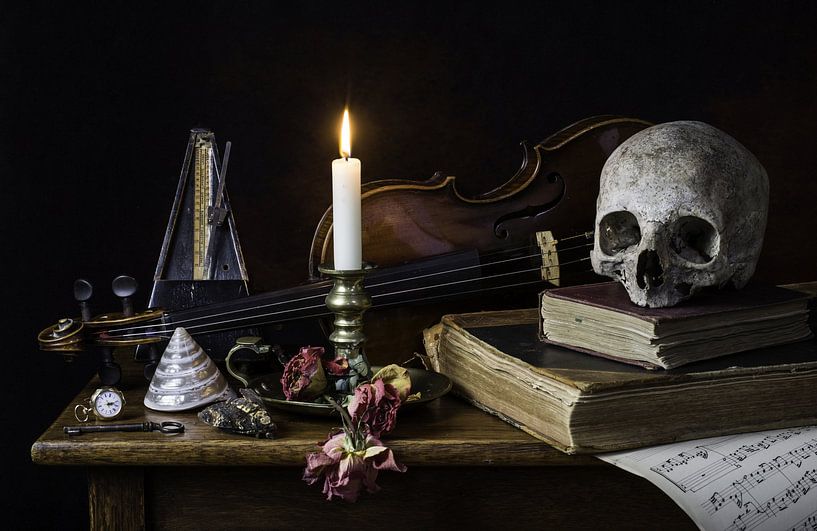

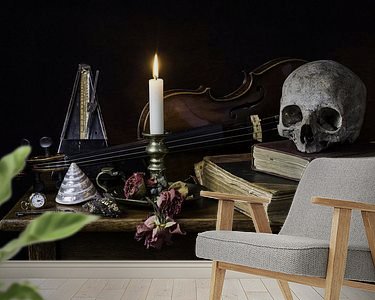


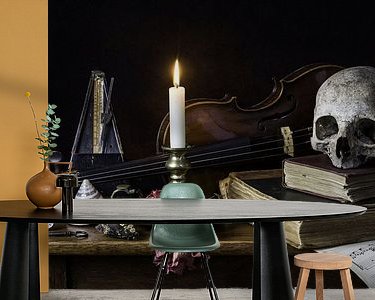
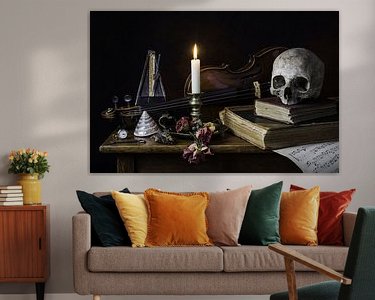

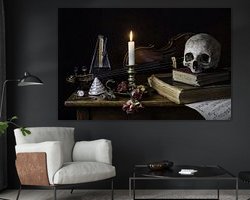

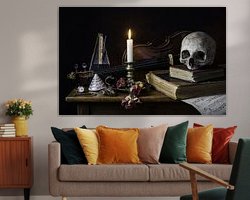
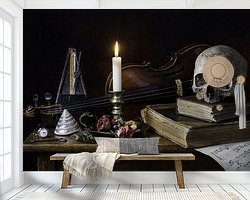

 Musical instruments
Musical instruments Mysterious Spheres
Mysterious Spheres Photo wallpaper
Photo wallpaper Photography
Photography Still life
Still life









